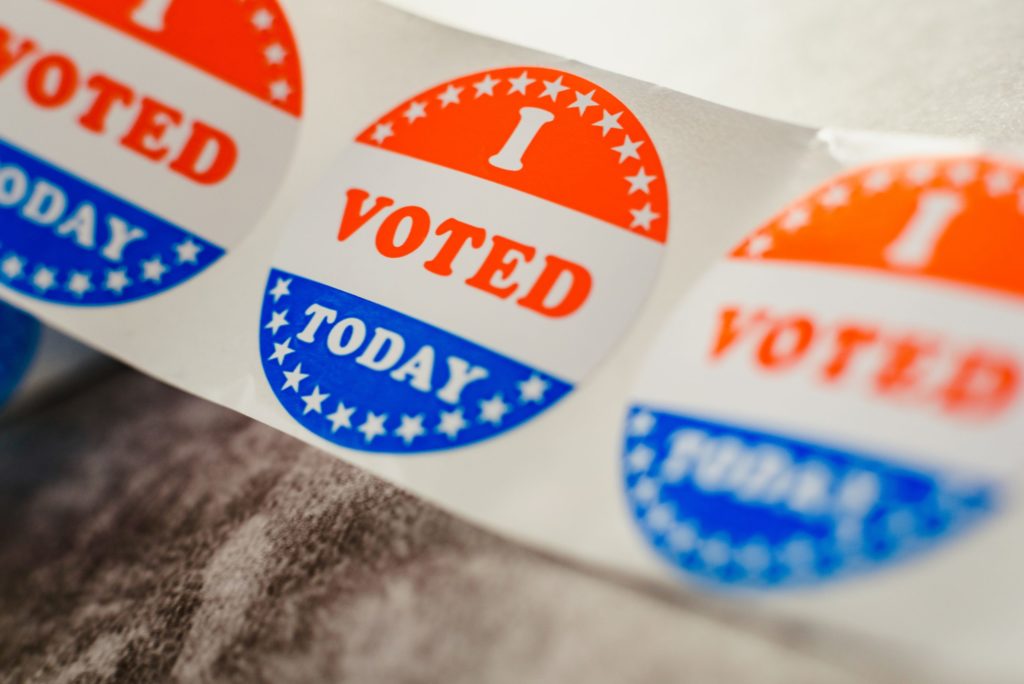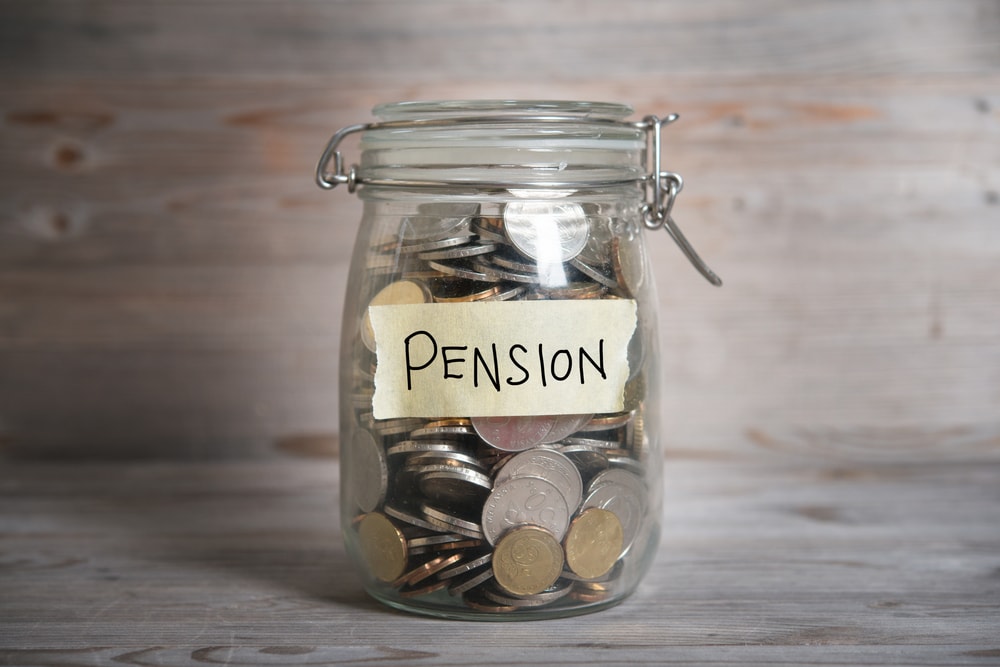Letter from Washington: Homeowners insurance is a crummy business
There’s an elephant in the room I probably should mention: someone impersonating a Heartland Institute trustee defrauded Heartland last week, stole internal documents and created one outright fake. The identity thief has since been revealed to be Pacific Institute President Peter Gleick, although he insists that he “received” the fake document in the mail anonymously and was not its author. Heartland’s official statement on the issue is here.
Heartland’s Center on Finance, Insurance and Real Estate, which I run, doesn’t work on the climate change issues that are the focus of the dispute. Readers interested in them should visit our sister site, on Environment and Climate Policy. With that out of the way…
***
At a time when about half of the insurers in the most windstorm-prone state in the country (Florida) are at serious risk of insolvency, the Consumer Federation of America has announced that homeowners insurance rates have to be suppressed always and everywhere in the name of fairness. As editor R.J. Lehmann explains in this press release, that’s totally untrue and based on faulty analysis of the data that conflates all lines of insurance with the homeowners line. But even R.J.’s comments and my own don’t get to a deeper issue: homeowners’ insurance is a lousy business.
This doesn’t mean that insurers are all going to the poor house. Insurance, taken as a whole, is a pretty good way to make money. It’s not as good as, say, being Apple but better than being an airline or a newspaper. Companies that operate in the admitted insurance market where most people buy their risk transfer products are pretty stable. But, among the major products sold in the admitted insurance market—auto, life, workers’ comp, and commercial insurance—homeowners is almost certainly the worst business.
Let’s look at the facts. For a variety of reasons – including the relative infrequency of claims, the large magnitude of expected claims and the fact that homeowners insurance policies aren’t loaded down with extras – a look at any ten-year period will show that insurers pay out just about what they collect in premiums, meaning that they can only make money off of investments.
The results are pretty clear in the market in three ways. First, no sizeable company, to my knowledge, writes only homeowners’ insurance while there are any number of companies—including some household names like GEICO —whose insurance businesses are confined to a single line. (Some also sell non-insurance products.)
Second, even though I have every reason to be hyper-aware of it, I can’t recall seeing a single advertisement for homeowners’ insurance anywhere in the past year. If it’s such a great business, why don’t companies want more of it?
Finally, mutual companies’ share of the homeowners’ insurance market—about 60%—is the highest market share of mutuals in any line of insurance. This is probably because many mutual companies tend to reward their staff based more on sustainable growth (number of customers served where the company produces a normal profit) than on pure economic profits per se.
There are plenty of problems in the homeowners’ insurance market. But excessive rates aren’t one of them.
***
Last week, Heartland’s Joe Bast and a number of other organization CEOs including National Wildlife Federation CEO Larry Schweiger and American Rivers CEO Bob Irvin gathered together with Sens. David Vitter and Jon Tester to call for reform to the National Flood Insurance Program. I spent a good part of the day with the CEOs and their subordinates meeting with other Senate offices and trying to educate them about ways that the bill is good public policy.
My main finding—the one that frustrates me the most—was pretty simple: the entire problem relates to politics, not anything about the substance of the bill. Gridlock has its uses but delaying the flood bill isn’t one of them. Arghhh…





